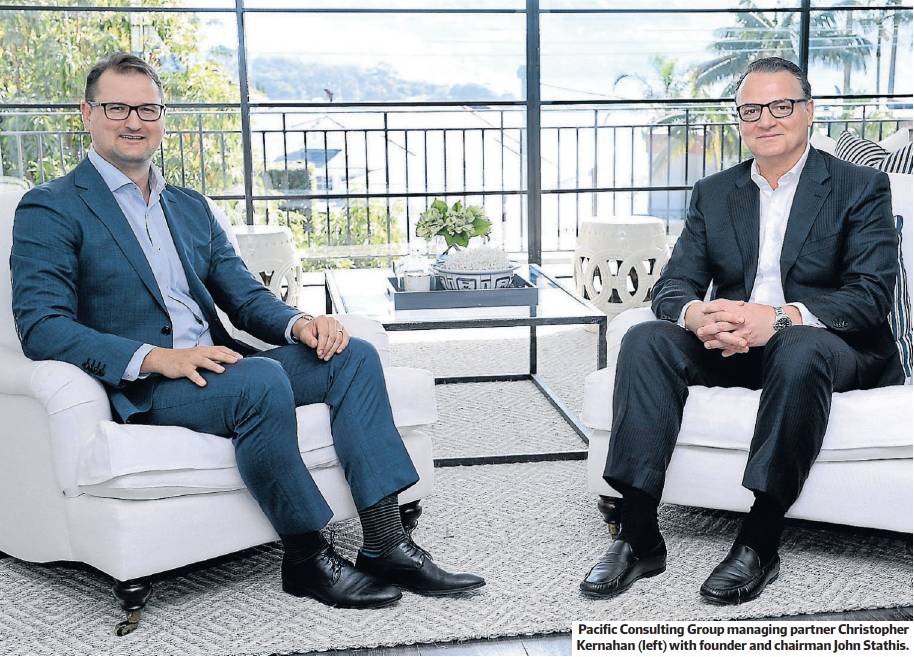The very model of corporate profitability
Dimensional profitability modelling
Management thinkers – and their offspring, management consultants – have been shaping and refining ‘‘the corporation’’ since the late 19th century. In that time the holy grail, found and unfound many times, has been to strike the perfect alignment of management science and corporate success.
The US is the birthplace of management consulting and the first management consulting firm was the eponymous Arthur D Little, incorporated in 1909 (although Little, a university chemist, started a precursor firm in 1886). Others to follow were Booz Allen Hamilton (founded by psychology graduate Ed Booz in 1914) and McKinsey & Company (founded by accounting professor James McKinsey in 1926).
Another influential pioneer in management thinking was American mechanical engineer Frederick Taylor, who wrote The Principles of Scientific Managementin 1911.
“[T]he best management is a true science, resting upon clearly defined laws, rules and principles,” Taylor explained.
Early management thinking centred on efficiency, productivity and process. It would be decades before the concept of “corporate strategy” – and the application of exacting corporate data to underpin it – emerged as a management discipline in the 1960s.
Walter Kiechel, author of The Lords of Strategy (2010), writes in Harvard Business Review: “From our perch in the 21st century, when every company has a strategy and every executive a set of key objectives, it’s difficult to comprehend the lack of direction that is said to have characterised earlier generations.”
In 1963, Bruce Henderson, a former Westinghouse vice-president, formed Boston Consulting Group and staked his claim as “the father of corporate strategy”.
Activity-based costing models – whereby the costs of serving customers are allocated using cost drivers – were used by strategy consultants to create the understanding of profitability that many businesses lacked. These models were effective in highlighting cross-subsidisation between profitable and unprofitable products.
“The point of gathering all those numbers was to figure out where you stood in relation to competitors and how you might seize advantage over them,” Kiechel says of this latest chapter in management thinking.
By the 1960s and 1970s, it had fallen to the new breed of strategy consultants to deliver the probing cost analysis that companies under increasing competitive pressure required.
Sydney management consultant Christopher Kernahan, author of Golden Scales: A History of Customer Profitability Analysis(2016), says that until then companies didn’t know their own costs and “weren’t set up to compete with each other”.
“They didn’t understand profitability and they didn’t understand their business in enough detail to accurately allocate costs to products or customers,” he says.
“As competition intensified, firms could no longer carry unprofitable products, services or customers and hope to cover them with the profitable ones.”
By the 1980s, the impetus for a strategic mindset became even more pronounced due to a perfect storm of factors: economic deregulation, globalisation, technology and the maelstrom of mergers and acquisitions unleased by investment banks and corporate raiders.
In 1980, US management academic Michael Porter, described by Harvard Business School as “one of the world’s most influential thinkers on management and competitiveness”, wrote the seminal Competitive Strategy.
With this book, according to Kiechel, Porter “did more than anyone else to give strategy an academic rigour it sometimes lacked among consultants”.
Fast forward to the new century and it seems some of that progress has been lost.
Kernahan, who is the managing partner of Pacific Consulting Group (PCG), says technology and data science have made operational and customer data more readily available, yet there remain companies that don’t understand the “true profitability” of their customers and products.
“We see companies, even today, using averages of averages as a means of allocating costs to customers and thinking that they have an accurate understanding of profitability,” he says.
“Your least profitable customer can be three to five times as unprofitable as the average profitable customer. It is essential to have visibility into this because otherwise a whole range of decisions – pricing, investments, marketing – will be based on flawed assumptions.”
PCG has developed a Dimensional Profit Model (DPM) – a successor to activity-based costing – that provides companies with a methodology to “cohesively integrate financial, operational and customer data”.
DPMs utilise the abundance of automated data from operational assets such as scanners, stores and processing equipment to generate detailed cost allocations for different activities. Profitability can then be understood by various dimensions, including customer, product, channel and geography.
John Stathis, founder and chairman of PCG, says PCG developed its DPM a decade ago when it was engaged by a company in danger of collapse.
“They had suffered a $50 million loss the year before and could not understand why. We built a DPM with them and it completely changed their perspective,” he recalls.
“Before the DPM they had focused on collecting data site by site, process by process. With the DPM connecting all these sites and processes into a single model we were able to demonstrate the full flow of customers through their operations and highlight the highly unprofitable segments that were driving them out of business.”
The insights formed the basis of a successful three-year turnaround program.
